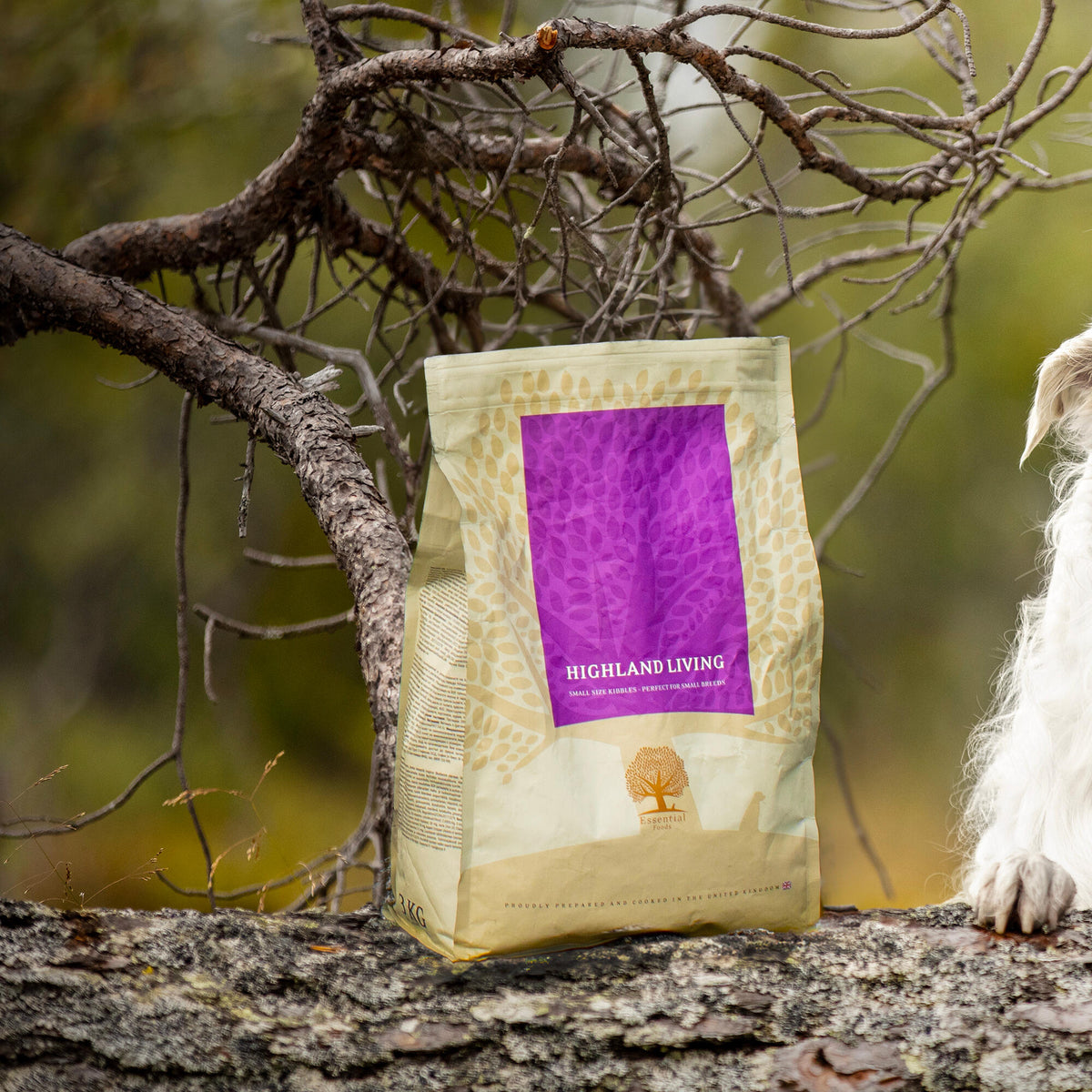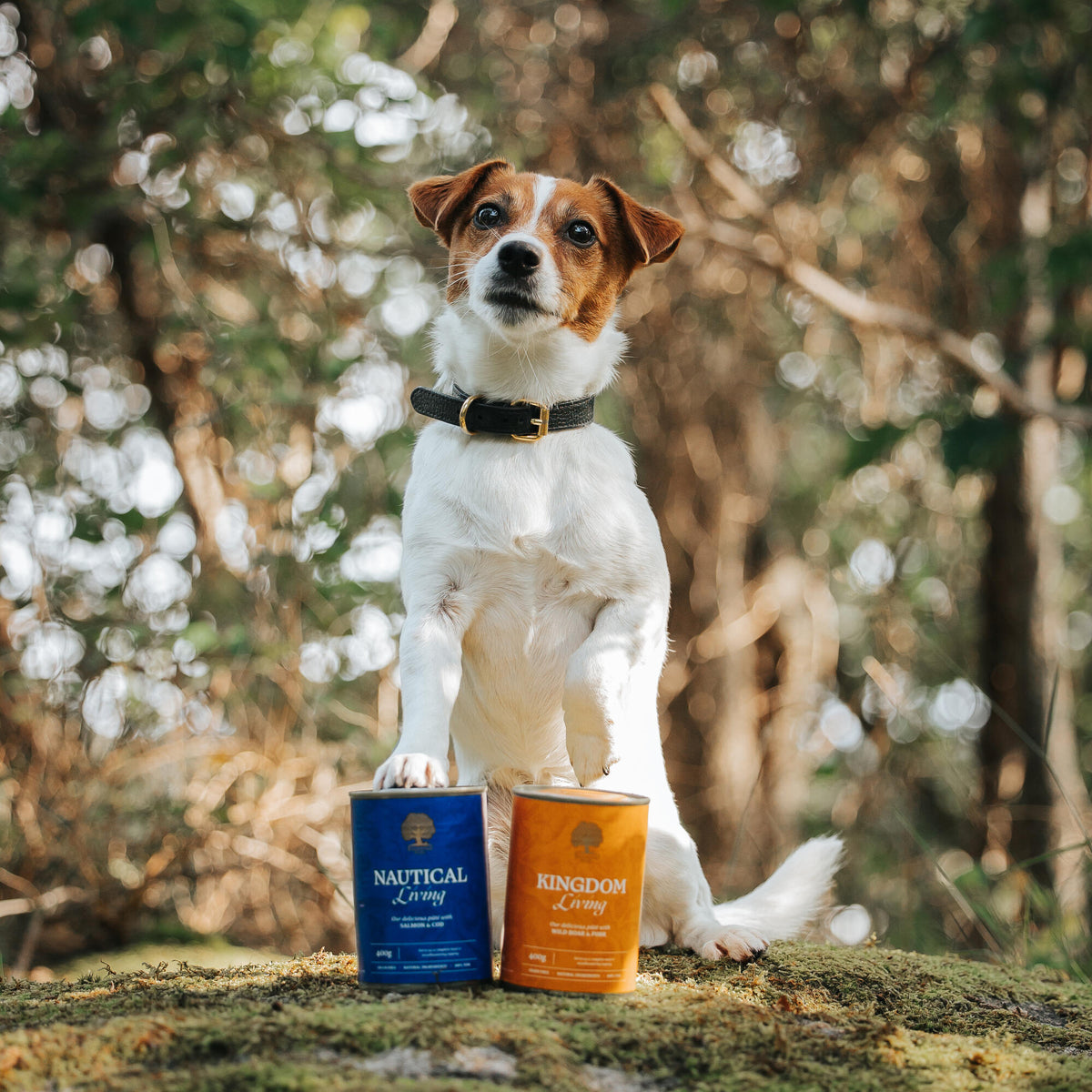Welcoming a new puppy into your home is an exciting and joyful experience. However, along with the adorable cuddles and playful antics, many puppy owners face the challenge of dealing with biting behavior. In this comprehensive guide, we'll explore effective strategies for training your puppy not to bite, incorporating humor, personal anecdotes, and practical tips to make the process both informative and enjoyable.
Understanding Puppy Biting Behavior
Before diving into training techniques, it's essential to understand why puppies bite in the first place. Biting is a natural behavior for puppies and is often a result of teething, exploration, and play. Puppies use their mouths to interact with the world around them, much like human babies use their hands. However, if left unchecked, biting behavior can become problematic as puppies grow older and their teeth become stronger.
Establishing Boundaries: Setting Clear Expectations
Like children, puppies thrive on consistency and clear boundaries. Establishing rules from the beginning can help prevent biting behavior from escalating. Here are some tips for setting clear expectations with your puppy:
-
Use a Firm but Gentle Tone: When your puppy bites, respond with a firm "no" to signal disapproval. Avoid yelling or physical punishment, as this can lead to fear and aggression.
-
Redirect Their Attention: Whenever your puppy starts biting, redirect their attention to a suitable chew toy or bone. This teaches them that biting toys is acceptable, while biting people is not.
-
Be Patient and Persistent: Training a puppy takes time and patience. Consistently reinforce desired behaviors and be prepared for setbacks along the way.
Positive Reinforcement: Using Treats to Encourage Good Behavior
One of the most effective ways to train your puppy not to bite is through positive reinforcement. By rewarding desired behaviors with treats, you can encourage your puppy to repeat those behaviors in the future. When using treats for training, keep the following tips in mind:
-
Choose High-Quality Treats: Opt for nutritious, high-quality treats that are both tasty and healthy for your puppy. Look for options like dog treats from Essential Foods that are made with natural ingredients and free from artificial additives.
-
Timing is Key: Offer treats immediately after your puppy exhibits the desired behavior to reinforce the connection between the action and the reward.
-
Keep Treats Small: Use small, bite-sized treats to prevent overfeeding and maintain your puppy's attention during training sessions.
Introducing Essential Foods Dog Treats: A Natural Choice for Training
When it comes to choosing treats for training your puppy, quality matters. Essential Foods offers a range of dog treatsmade with the finest ingredients to support your puppy's health and wellbeing. Here's why Essential Foods treats are the ideal choice for training:
-
Natural Ingredients: Essential Foods treats are made with natural ingredients, including real meat, fruits, and vegetables. You can feel confident knowing that you're rewarding your puppy with wholesome, nutritious snacks.
-
Irresistible Flavors: With delicious flavors like chicken, beef, and salmon, Essential Foods treats are sure to capture your puppy's attention and keep them motivated during training sessions.
-
No Artificial Additives: Essential Foods treats are free from artificial colors, flavors, and preservatives, making them a safe and healthy option for your puppy.
-
Trusted Reputation: With a reputation for quality and excellence, Essential Foods is a brand you can trust to provide your puppy with the best possible care.
Conclusion
Training your puppy not to bite requires patience, consistency, and a bit of creativity. By setting clear boundaries, using positive reinforcement techniques, and choosing high-quality treats like those from Essential Foods, you can help your puppy develop good manners and become a well-behaved member of your family.
Remember, training is not just about correcting undesirable behaviors; it's also an opportunity to bond with your puppy and build a strong, trusting relationship. With time, effort, and plenty of love, you and your puppy can enjoy many happy and bite-free moments together.
Now, armed with these tips and a bag of delicious Essential Foods treats, you're ready to tackle puppy training like a pro!
FAQs
Q: How often should I give treats during training sessions? A: Treats should be given as a reward for desired behaviors, so the frequency will depend on your puppy's progress. Start with frequent rewards and gradually decrease as your puppy learns.
Q: Are there any alternative methods for discouraging biting behavior? A: Yes, some owners find success with techniques like yelping or withdrawing attention when their puppy bites too hard. Experiment with different approaches to see what works best for your puppy.
Q: Can I use human food as treats for training my puppy? A: While some human foods are safe for dogs in moderation, it's generally best to stick with treats specifically formulated for dogs. Human food may be too high in calories or contain ingredients that are harmful to dogs.



